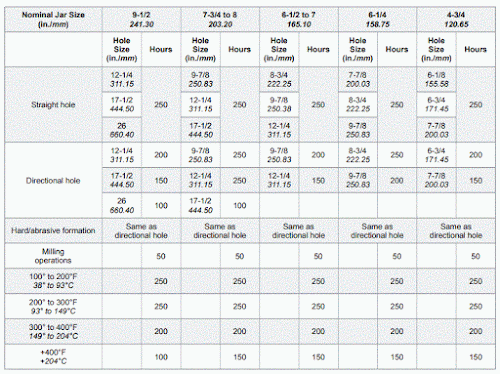When drilling a well there is a risk of serious damage caused by drillstring vibrations. Shock and vibration are identified as a cause of premature failure on drill bit and components in the bottom hole assembly (BHA), resulting in lost time for operators and costing service companies several millions in repair each year. The expenditures incurred by drillstring vibrations include reduced rate of penetration (ROP), tripping and poor drilling performance. Currently, several tools and techniques are used in the attempt to minimize shock and vibration. For vibration mitigation to be more effective in the future, the most effective tools and techniques must be designated, implemented and improved.
Predicting bottom hole assembly (BHA) vibrations is a complicated problem. Axial, lateral, and torsional vibrations can be coupled and effects such as stick-slip and whirl can magnify the loads. Fatigue, pipe bouncing, and tool joint washouts demon e the complexity of the problem. One type of vibration that can be isolated and analyzed is the rapid destruction of the BHA caused by operating at or close to resonance. At rotating speeds that reinforce the natural vibration of the BHA, the destructive harmonics generate high stresses resulting in very short fatigue life. While other factors may cause BHA failure, a significant percentage of field failures appear to be associated with harmonic vibration, particularly lateral vibration. A simplified model based on harmonic analysis using finite elements has been found to agree well with field experience. The influence of stabilizer placement, drill string forces, and mass of the drilling mud are included in the finite element vibration model. (SPE-16675-MS)
AXIAL VIBRATION : Can cause bit bounce , which may damage bit cutter and bearing.
TORSIONAL VIBRATION : Can cause irregular down - hole rotation. Stick/Slip is often seen while drilling and is a severe form of drillstring torsional oscillation in which the bit becomes stationary for a period. Torsional fluctuations fatigue Drill collars connections and can damage bits. The use of the mud motor may help to address if the main source of excitation is from the bit but the presences of a motor does not prevent stick/slip . The drillstring and BHA above the motor can enter into a stick/Slip motion even when the motor is turning the bit a steady rate.
Figure5 shows diagram for each of the three BHA configurations. Note that there are two stabilizers configured in BHA-2. The stabilizer is located at the far left to the bit in BHA-3 compare with BHA-2. There is one stabilizer used in BHA-1 near the bit. The detail descriptions are as following:
Figure6 provides state vectors display comparison for three of BHA surrogates operation at 100RPM and 80000N of bit weight. The lateral vibration potential simulation for BHA-1 is significantly lower than BHA 2 and BHA-3. Especially for the lateral displacement, the effect is most remarkably, which means that the contacts for BHA-1 with wellbore may be less than other BHA surrogates during drilling process. However, the yellow color curve shows the larger amplitudes of the states for BHA-2 than others, which represents the most severe vibration potential.
Update:24.07.19


























































